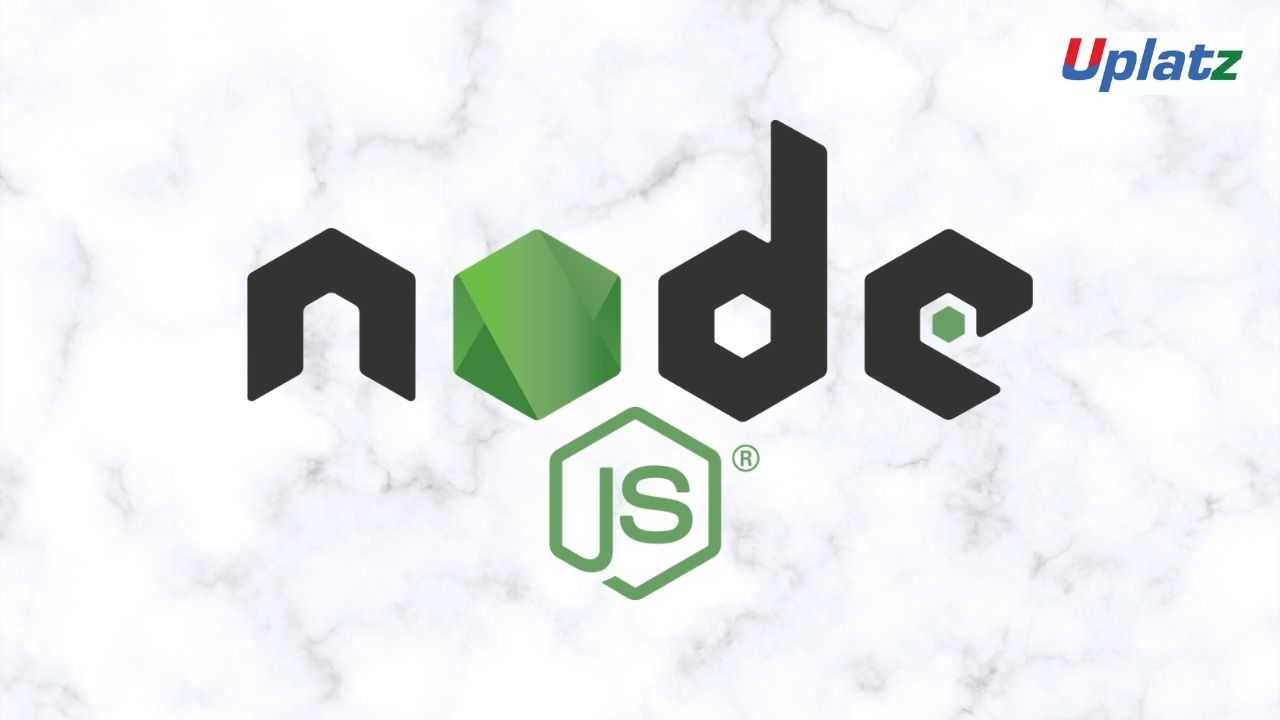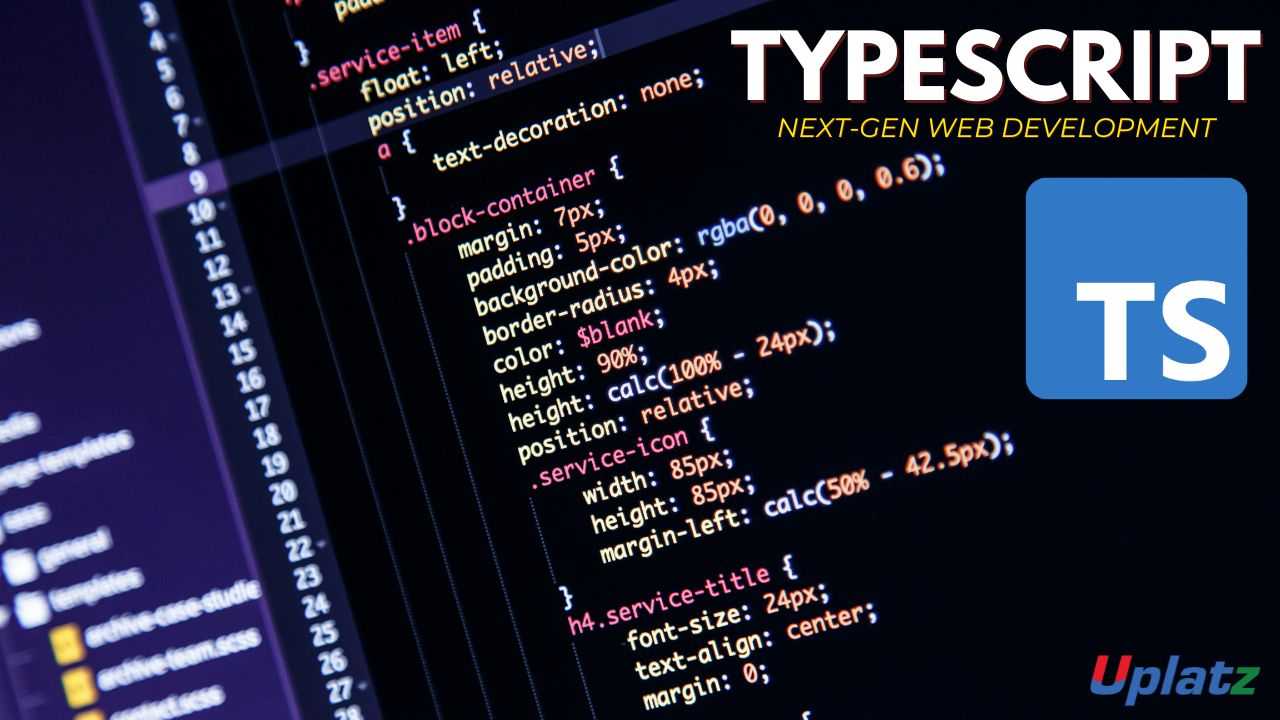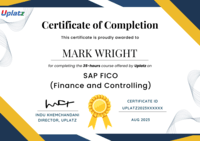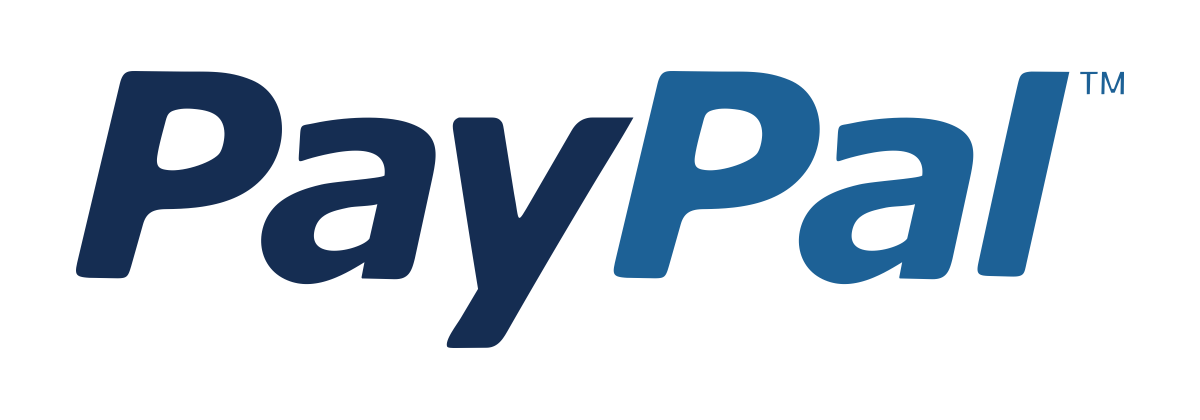Bun Runtime
Master Bun – the modern JavaScript runtime that’s fast, all-in-one, and designed for the future of web development. Price Match Guarantee
Full Lifetime Access
Access on any Device
Technical Support
Secure Checkout
Course Completion Certificate
Price Match Guarantee
Full Lifetime Access
Access on any Device
Technical Support
Secure Checkout
Course Completion Certificate
 96% Started a new career
BUY THIS COURSE (
96% Started a new career
BUY THIS COURSE (GBP 12 GBP 29 )-
 86% Got a pay increase and promotion
86% Got a pay increase and promotion
Students also bought -
-

- Node.js
- 21 Hours
- GBP 12
- 1896 Learners
-

- Next.js
- 6 Hours
- GBP 12
- 876 Learners
-

- TypeScript
- 13 Hours
- GBP 12
- 4569 Learners

Bun is a next-generation JavaScript runtime that’s redefining speed, simplicity, and developer experience for the modern web. Like Node.js and Deno, Bun allows you to run JavaScript and TypeScript applications on the server — but it goes far beyond that.
Written entirely in Zig, Bun unifies a runtime, package manager, bundler, and test runner into one lightweight, high-performance toolkit. It eliminates the need for multiple tools like npm, webpack, and jest by providing all these features out of the box — making development faster, smoother, and more efficient.
This Mastering Bun – Self-Paced Course by Uplatz takes you through everything you need to know about Bun — from fundamentals and installation to API development, bundling, and deployment. By the end of this course, you’ll be able to build, run, and optimize full-stack applications using Bun’s powerful, all-in-one environment while achieving significant performance gains over traditional runtimes.
🔍 What is Bun?
Bun is an all-in-one JavaScript runtime and toolkit designed to drastically simplify web development. It’s powered by JavaScriptCore, the same high-performance engine used in Safari, and implemented in Zig, a systems programming language known for speed and memory efficiency.
Bun was created to solve one of the biggest pain points in modern JavaScript development — tool fragmentation. Instead of using separate tools for package management, bundling, and testing, Bun provides:
-
bun runfor executing scripts and apps. -
bun installas a drop-in, super-fast replacement for npm or yarn. -
bun buildfor bundling front-end and back-end projects. -
bun testas a built-in testing framework.
This integrated design makes Bun an ideal runtime for developers who want minimal setup, high performance, and modern tooling in one environment.
⚙️ How Bun Works
At its core, Bun acts as both a runtime and a developer toolchain, combining multiple essential functionalities into a single executable.
Key components include:
-
Runtime Environment:
-
Executes JavaScript, TypeScript, and JSX files natively — no transpilers or setup required.
-
Offers built-in APIs similar to Node.js (
fs,path,http) with higher performance.
-
-
Package Manager:
-
bun installinstalls dependencies up to 20× faster than npm or yarn. -
Uses a global cache system and lightweight lockfiles for optimal speed.
-
-
Bundler:
-
Handles ES modules, JSX, and CSS imports automatically.
-
Optimizes builds for both browser and server targets.
-
-
Test Runner:
-
A fast, integrated testing tool that eliminates the need for Jest or Mocha.
-
Together, these components enable developers to write, build, test, and deploy applications from a single tool — dramatically simplifying the JavaScript ecosystem.
🏭 How Bun is Used in the Industry
Although Bun is relatively new, it’s rapidly gaining adoption among startups, developers, and open-source projects seeking faster build times and simpler workflows.
Common use cases include:
-
Backend Development: Building REST APIs and microservices with Node.js-compatible libraries.
-
Full-Stack Applications: Integrating Bun with frameworks like Next.js, Remix, and Astro.
-
CLI Tools: Creating lightweight command-line tools using Bun’s native APIs.
-
Frontend Bundling: Fast packaging for React, Vue, or Svelte applications.
-
Continuous Integration (CI): Running automated tests and builds at lightning speed.
Because Bun is compatible with most Node.js packages, teams can migrate existing projects easily — reaping performance benefits without a major rewrite.
🌟 Benefits of Learning Bun
Mastering Bun gives you a competitive edge in modern JavaScript and TypeScript development.
Key benefits include:
-
Blazing Speed: Faster startup times, installations, and builds compared to Node.js and Deno.
-
All-in-One Tooling: One command line replaces npm, webpack, and jest.
-
Simplified Setup: Zero configuration for TypeScript and JSX support.
-
Cross-Compatibility: Supports Node.js APIs and npm packages seamlessly.
-
Lightweight Runtime: Minimal dependencies and low memory footprint.
-
Future-Proof Skills: Learn a fast-emerging runtime that’s shaping the future of JS tooling.
-
Productivity Boost: Spend less time configuring tools and more time coding.
By learning Bun, you’ll be ready to develop high-performance web, server, and full-stack applications with unmatched efficiency.
📘 What You’ll Learn in This Course
This course covers everything from setup to advanced integrations, ensuring you gain practical, real-world Bun experience.
You’ll learn how to:
-
Understand what Bun is and how it compares to Node.js and Deno.
-
Install, configure, and run Bun applications locally and in the cloud.
-
Use Bun’s built-in package manager, bundler, and test runner.
-
Run JavaScript, TypeScript, and JSX files natively with zero config.
-
Build APIs, servers, and web apps using Bun’s fast runtime.
-
Integrate with popular frameworks and ORMs (like Express, Next.js, and Prisma).
-
Optimize builds and deploy applications for production environments.
-
Apply best practices for performance tuning, debugging, and testing.
By the end of this course, you’ll have developed multiple hands-on projects, including:
-
A REST API using Bun’s native HTTP server.
-
A CLI utility for developer automation.
-
A full-stack web app integrated with frameworks and databases.
🧠 How to Use This Course Effectively
-
Start with the Basics: Learn installation, runtime fundamentals, and your first script.
-
Experiment: Use
bun install,bun run, andbun buildto explore key features. -
Build Projects: Create small REST APIs and command-line tools to apply your learning.
-
Explore Integrations: Connect Bun with frameworks, ORMs, and databases.
-
Test and Debug: Use
bun testto create fast, reliable tests. -
Deploy and Optimize: Revisit deployment and performance modules for production readiness.
👩💻 Who Should Take This Course
This course is ideal for:
-
JavaScript and TypeScript Developers exploring faster runtimes.
-
Backend Developers seeking high-performance alternatives to Node.js.
-
Full-Stack Engineers building apps with frameworks like Next.js, Remix, or Astro.
-
DevOps Professionals looking for faster build pipelines and deployments.
-
Students & Professionals learning cutting-edge runtime technologies.
-
Startups & Engineering Teams aiming to simplify and speed up development workflows.
No prior experience with Bun is required — basic knowledge of JavaScript or TypeScript will help you get started smoothly.
🧩 Course Format and Certification
This self-paced course offers flexible, hands-on learning that includes:
-
HD video tutorials with live coding examples.
-
Downloadable project templates and code snippets.
-
Step-by-step mini projects and assignments.
-
Quizzes to test your understanding of runtime concepts.
-
Lifetime access with free updates for future Bun versions.
Upon completion, you’ll receive a Course Completion Certificate from Uplatz, validating your expertise in Bun and modern JavaScript runtimes.
🚀 Why This Course Stands Out
-
Comprehensive Coverage: From Bun basics to advanced runtime integrations.
-
All-in-One Focus: Learn package management, bundling, and testing in one place.
-
Hands-On Learning: Build and deploy real-world apps using Bun.
-
Performance-Driven: Focus on optimizing for speed, scalability, and simplicity.
-
Industry Relevance: Gain early expertise in a rapidly growing runtime ecosystem.
By mastering Bun, you’ll not only learn a cutting-edge runtime but also position yourself at the forefront of next-generation JavaScript and TypeScript development.
🌐 Final Takeaway
As web development evolves, developers demand faster runtimes, simpler workflows, and more integrated tooling. Bun delivers all three — combining speed, flexibility, and modern developer ergonomics into one powerful runtime.
The Mastering Bun – Self-Paced Online Course by Uplatz equips you with the knowledge and hands-on experience to leverage Bun effectively. You’ll learn to build, bundle, test, and deploy JavaScript and TypeScript applications at lightning speed, using a single, unified toolchain.
Start your journey today and gain the skills to build high-performance applications with the most promising JavaScript runtime of the decade.
By completing this course, learners will:
-
Install and run Bun applications.
-
Use Bun’s built-in package manager and bundler.
-
Develop APIs, servers, and apps with Bun.
-
Integrate Bun with databases and frameworks.
-
Optimize apps for speed and scalability.
-
Deploy Bun projects in production environments.
Course Syllabus
Module 1: Introduction to Bun
-
What is Bun?
-
Bun vs Node.js vs Deno
-
Installing Bun and setup
Module 2: Core Features
-
Bun as a runtime for JavaScript/TypeScript
-
Native support for JSX and TS
-
Package manager (bun install)
-
Bundler basics
Module 3: Building with Bun
-
Running scripts and apps
-
File system and network APIs
-
Environment variables and configuration
-
Error handling and debugging
Module 4: Web Servers & APIs
-
Creating a simple web server
-
REST API development with Bun
-
Middleware patterns
-
JSON handling and routing
Module 5: Advanced Development
-
Hot reloading with Bun
-
Bun’s test runner
-
CLI tools with Bun
-
Integrating third-party libraries
Module 6: Integrations
-
Bun with databases (PostgreSQL, MongoDB, MySQL)
-
Bun with frameworks like React, Next.js, and Remix
-
Using Bun in full-stack applications
-
Microservices with Bun
Module 7: Deployment & Performance
-
Deploying Bun apps on cloud platforms
-
Performance benchmarks and tuning
-
Scaling Bun servers
-
Monitoring and logging
Module 8: Real-World Projects
-
Build a REST API with Bun
-
E-commerce backend with Bun + PostgreSQL
-
Real-time chat app with Bun and WebSockets
-
CLI tool using Bun
Module 9: Best Practices & Future Trends
-
Structuring Bun applications
-
Security considerations
-
Comparing Bun with other runtimes
-
The future of Bun and JS runtimes
Learners will receive a Certificate of Completion from Uplatz, validating their expertise in Bun Runtime and modern JavaScript development. This certification demonstrates readiness for roles in backend development, full-stack engineering, and high-performance web applications.
Bun Runtime skills prepare learners for roles such as:
-
Backend Developer (JavaScript/TypeScript)
-
Full-Stack Engineer (React, Next.js, Bun)
-
API Developer (REST/GraphQL)
-
Software Engineer (high-performance apps)
-
DevOps Engineer (runtime optimization)
Bun is rapidly gaining adoption as a high-performance alternative to Node.js, making it an attractive skill for startups and enterprises adopting modern runtimes.
1. What is Bun Runtime?
A modern JavaScript/TypeScript runtime written in Zig, designed for speed and simplicity, with a built-in package manager, bundler, and test runner.
2. How does Bun differ from Node.js?
Bun is significantly faster, natively supports TypeScript/JSX, and includes tools like a package manager and bundler, which Node.js requires separately.
3. What languages does Bun support?
JavaScript, TypeScript, JSX, and JSON natively, without extra transpilers.
4. What is the Bun package manager?
A built-in alternative to npm/yarn/pnpm, optimized for speed, using bun install.
5. Can Bun run existing Node.js packages?
Yes, Bun is designed to be compatible with most Node.js/npm packages.
6. How does Bun handle testing?
It includes a built-in test runner, removing the need for external libraries like Jest.
7. What are the benefits of Bun?
-
High performance
-
All-in-one tooling (runtime, bundler, test runner, package manager)
-
Native TypeScript support
-
Simplicity in setup and usage
8. What are challenges with Bun?
-
Ecosystem is still maturing
-
Some Node.js packages may not be fully compatible
-
Limited production use cases compared to Node.js
9. What are real-world use cases of Bun?
REST APIs, real-time apps, CLIs, e-commerce backends, and full-stack JS/TS projects.
10. Where is Bun being adopted?
By startups, experimental projects, and performance-focused teams looking for alternatives to Node.js and Deno.









